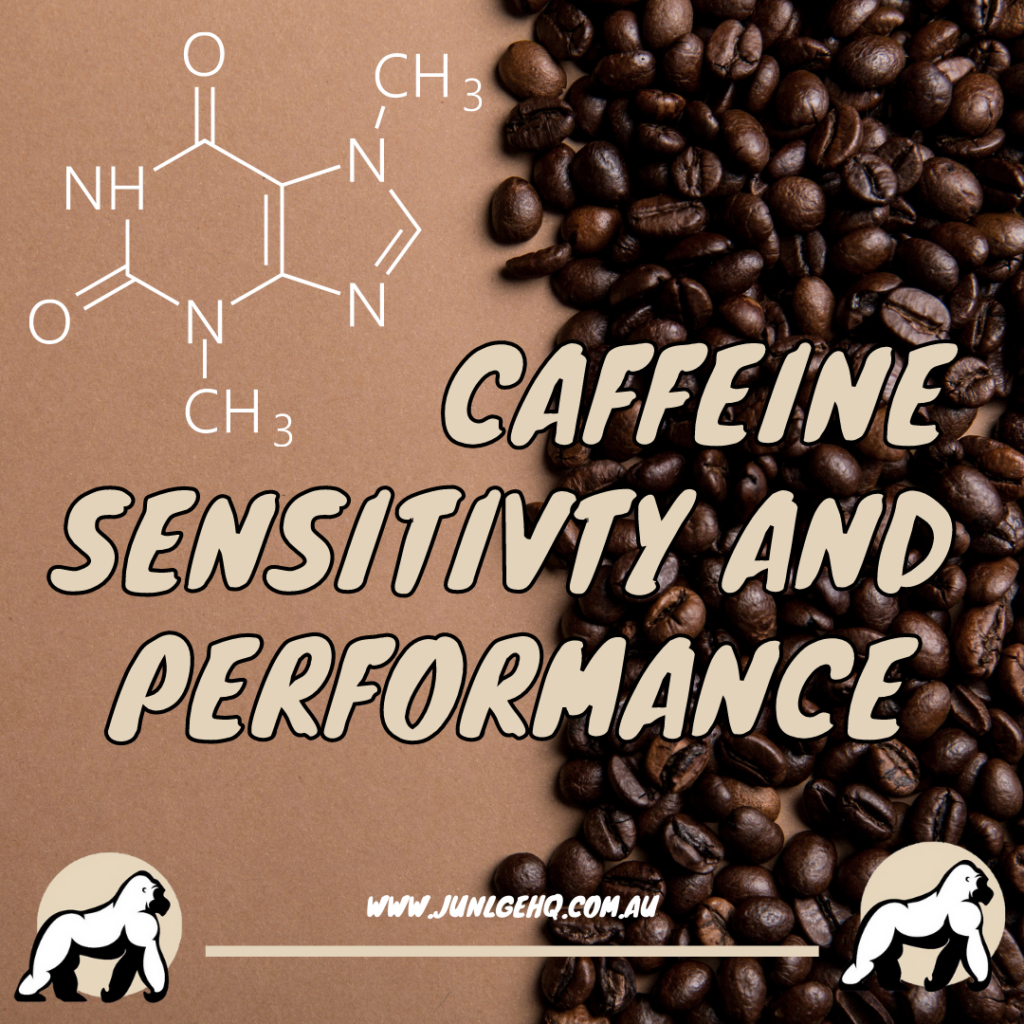Caffeine is one of the most studied drugs in relation to performance however its guidelines for optimal dosage has large individual variance influenced by the environment & arousal, habituation of ingestion, and epigeneitcs.
The gene CYP1A2 produces cytochrome p450, an enzyme responsible for up to 95% of all caffeine metabolism (Pickering K. 2017). Individuals with AA homozygotes (“fast metabolisers’) tend to produce more of this enzyme, and therefore metabolise caffeine more quickly. Conversely, C allele carriers (“slow metabolisers) tend to have slower clearance.
Amongst 35 cyclists performing a 40km time trial having consumed 6mg/kg of caffeine, there was a signifiant effect of CYP1A2 genotype on the ergogenic effects of caffeine, with AA genotypes (4.9% improvement) seeing a significantly greater performance improvement that the C allele carriers (1.8% improvement) (W, Tang BK. 1992, Cornelius MC. 2006).
Regular intake of caffeine may decrease the effectiveness of caffeine pre exercise. Whilst an individual might initially find a caffeine dose of 3mg/kg ergogenic, if they then habitually consume 3mg/kg of caffeine per day, this ergogenesis may be attenuated. (Beaumont R. 2017).
Long term caffeine use potentially leads to habituation through both increased caffeine clearance (mediated by epigenetic modifications) and decrease of excitability caused by caffeine possibly via inhibition of genes affecting the dopaminergic and adenosine pathways (Van Soeren MH. 1993).
Genetic variation can also impact feelings of anxiety following caffeine ingestion (Rogers PJ. 2010). This creates the possibility that certain genotypes should consume less caffeine for competitions where anxiety is likely to be higher such as big events.
The optimal dose is therefore hard to conclude and most likely requires some personal trial and error. It appears doses of 2 and 3mg/kg are ergogenic for endurance performance but most subjects exhibit large variations with performance decrement at some doses of caffeine, and performance enhancement at others (Graham TE. 1991).





